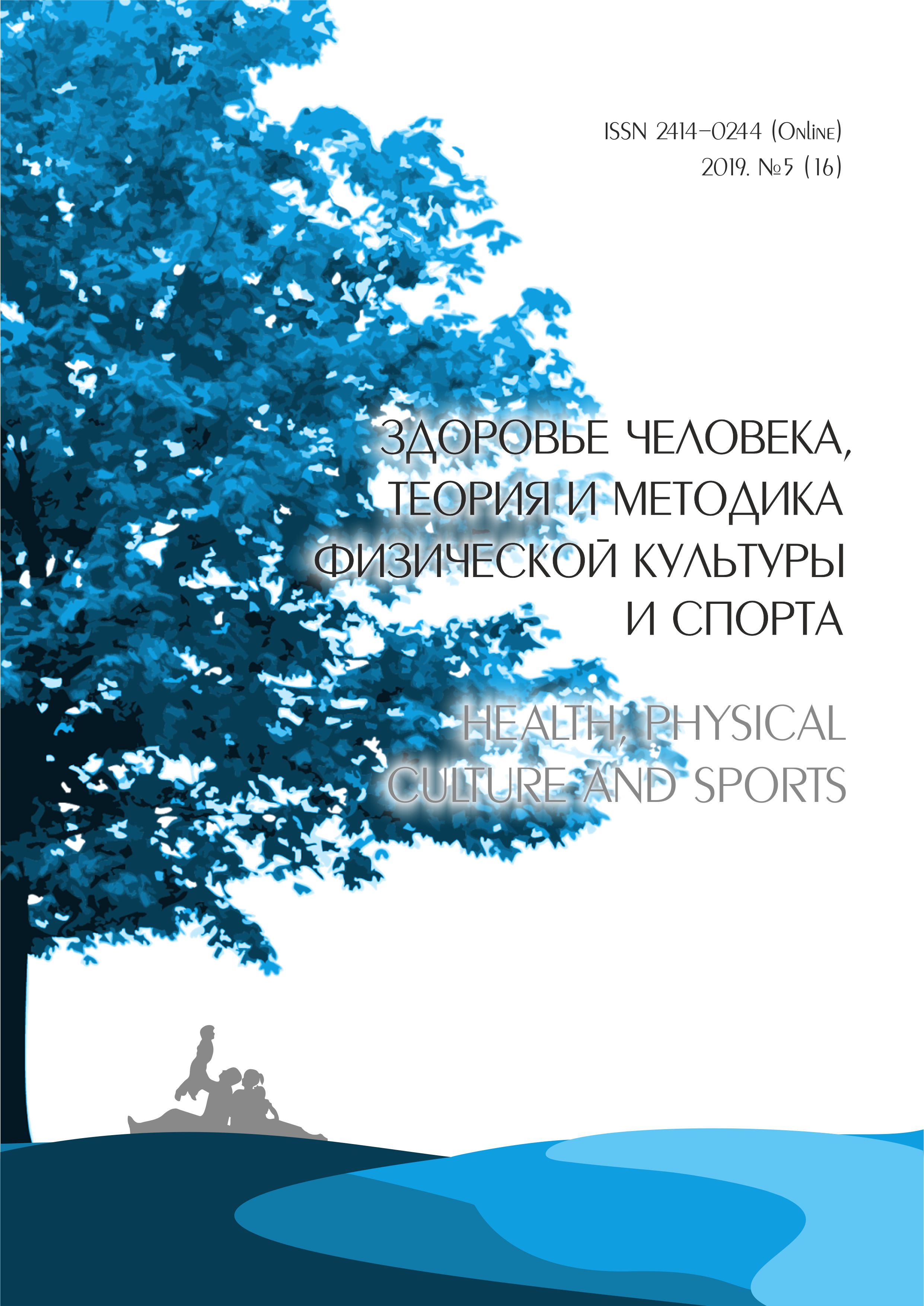ХАРАКТЕРИСТИКИ СРОКА ГОДНОСТИ НОВЫХ СОРТОВ ЧЕРЕШНИ, ПОКРЫТЫХ СЪЕДОБНОЙ ОБОЛОЧКОЙ
Abstract
Two new Bulgarian selected hybrid sweet cherry cultivar candidates (El.17-90 ‘Asparuh’ and El.17-37 ‘Tzvetina’ – Fruit Growing Institute, Plovdiv, Bulgaria) and one standard cultivar (Bing) were chitosan treated and stored in refrigerator at 4°C for 21 days, up to the endpoint of the experimental shelf-life time. Chitosan-Ca-lactate (multicomponent) and Chitosan-alginate (bi-layer) edible coating treatments were applicate in these experiments. The used coating formulas are bio compatibles, non-toxics and have antimicrobial activities. The sample series (five replicates with thirty fruits from each cultivar and each treatment, and a control) were inspected weekly based on the appearance. The healthy and intact fruits were tested for physical (visual sorting, weight loss and texture of the intact fruits), physico-chemical (refractometrical dry content, antioxidant activity, pH of the pulp), and microbiological properties (total number of microorganisms, E. coli, fungi and yeasts). At the beginning of the storage, the control samples (not treated) showed better appearance and harder texture than the treated samples, because they had to suffer less manipulations. Later they lost these preferences, but the Chitosan-alginate treat was able to preserve the fruits in a better state. This study shows that the edible coating is a promising method to preserve the nutrition value of fresh fruits. The application is possible in preparation of ready-to-eat fruit salads or in fruit decoration of confectionery products.
Downloads
References
Zhivondov, A., Gercheva, P., & Djouvinov, V. (2003, September). Some results of a sweet cherry breeding programme in Bulgaria. In XI Eucarpia Symposium on Fruit Breeding and Genetics 663 (pp. 739-742).
Malchev, S., & Zhivondov, A. (2016). Breeding programme for developing new sweet cherry cultivars in the Fruit Growing Institute, Plovdiv, Bulgaria. Agricultural Science and Technology, 8(4), 289-291.
E.A. Baldwin, R. Hagenmaier, J. Bai (2009): Edible Coatings and Films to Improve Food Quality. In Coatings for Fresh Fruits and Vegetables (2nd ed), CRC press (2009), pp. 186-226
Hossain, M. S., & Iqbal, A. (2014). Production and characterization of chitosan from shrimp waste. Journal of the Bangladesh Agricultural University, 12(1), 153-160.
Ghasemnezhad, M., Zareh, S., Rassa, M., & Sajedi, R. H. (2013). Effect of chitosan coating on maintenance of aril quality, microbial population and PPO activity of pomegranate (Punica granatum L. cv. Tarom) at cold storage temperature. Journal of the Science of Food and Agriculture, 93(2), 368-374.
Suwannarak, J., Phanumong, P., & Rattanapanone, N. (2015). Combined effect of calcium salt treatments and chitosan coating on quality and shelf life of carved fruits and vegetables. Chiang Mai University Journal of Natural Sciences, 14, 269-284.
Bilbao‐Sainz, C., Chiou, B. S., Punotai, K., Olson, D., Williams, T., Wood, D., ... & McHugh, T. (2018). Layer‐by‐Layer Alginate and Fungal Chitosan Based Edible Coatings Applied to Fruit Bars. Journal of food science, 83(7), 1880-1887.
Speranza, B., Campaniello, D., Bevilacqua, A., Altieri, C., Sinigaglia, M., & Corbo, M. R. (2018). Viability of Lactobacillus plantarum on Fresh-Cut Chitosan and Alginate-Coated Apple and Melon Pieces. Frontiers in microbiology, 9.
Olivas, G. I., Mattinson, D. S., & Barbosa-Cánovas, G. V. (2007). Alginate coatings for preservation of minimally processed ‘gala’ apples. Postharvest Biology and Technology, 45(1), 89–96.
Tapia, M. S., Rojas-Graü, M. A., Carmona, A., Rodríguez, F. J., SolivaFortuny, R., & Martin-Belloso, O. (2008). Use of alginate- and gellanbased coatings for improving barrier, texture and nutritional properties of fresh-cut papaya. Food Hydrocolloids, 22(8), 1493–1503.
Montero-Calderón, M., Rojas-Graü, M. A., & Martín-Belloso, O. (2008). Effect of packaging conditions on quality and shelf-life of fresh-cut pineapple (Ananas comosus). Postharvest Biology and Technology, 50(2–3), 182–189
Q.F. Dang, J.Q. Yan, Y. Li, X.J. Cheng, C.S. Liu, X.G. Chen, Chitosan acetate as an active coating material and its effects on the storing of Prunus avium L, J. Food Sci., 75 (2) (2010), pp. S125-S131
Arnao, M. B., Cano, A., & Acosta, M. (2001). The hydrophilic and lipophilic contribution to total antioxidant activity. Food chemistry, 73(2), 239-244.
Zhu, X., Wang, Q., Cao, J., & Jiang, W. (2008). Effects of chitosan coating on postharvest quality of mango (Mangifera indica L. cv. Tainong) fruits. Journal of Food Processing and Preservation, 32, 770–784.
Aday, M. S., & Caner, C. (2010). Understanding the effects of various edible coatings on the storability of fresh cherry. Packaging Technology and Science, 23(8), 441–456. doi:10.1002/pts.910
Díaz-Mula, H. M., Serrano, M., & Valero, D. (2012). Alginate coatings preserve fruit quality and bioactive compounds during storage of sweet cherry fruit. Food and Bioprocess Technology, 5(8), 2990-2997.
] Kader Tokatlı, Aslıhan Demirdöven: Effects of chitosan edible film coatings on the physicochemical and microbiological qualities of sweet cherry (Prunus avium L.), Scientia Horticulturae, Volume 259, 2020, 108656, ISSN 0304-4238, https://doi.org/10.1016/j.scienta.2019.108656. (http://www.sciencedirect.com/science/article/pii/S0304423819305424)
Petriccione, M., De Sanctis, F., Pasquariello, M. S., Mastrobuoni, F., Rega, P., Scortichini, M., & Mencarelli, F. (2015). The effect of chitosan coating on the quality and nutraceutical traits of sweet cherry during postharvest life. Food and bioprocess technology, 8(2), 394-408.
Serrano, M., Díaz-Mula, H. M., Zapata, P. J., Castillo, S., Guillén, F., Martinez-Romero, D., ... & Valero, D. (2009). Maturity stage at harvest determines the fruit quality and antioxidant potential after storage of sweet cherry cultivars. Journal of Agricultural and Food Chemistry, 57(8), 3240-3246.
An author should not normally publish manuscripts describing essentially the same research in multiple journals or publication venues. Such redundant publication is generally considered to constitute unethical publishing behavior, and if discovered may result in a manuscript under consideration being rejected, or a published article being retracted.
Authors of manuscripts reporting on original research should present an accurate account of the work performed, accompanied by an objective discussion of its significance. Underlying data should be represented accurately in the manuscript. The manuscript should contain sufficient detail and references to permit others to replicate the work. The fabrication of results and the making of fraudulent or knowingly inaccurate statements constitute unethical behavior and may be cause for rejection or retraction of a manuscript or published article.





